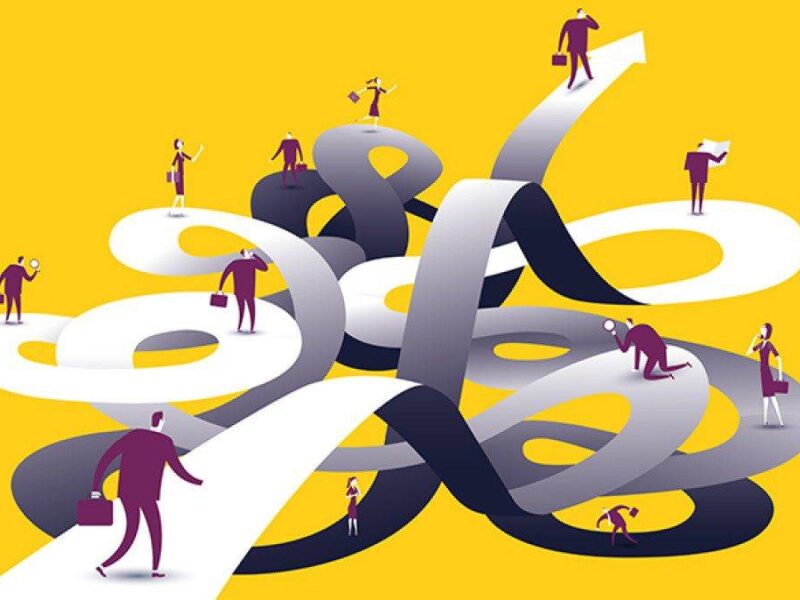People are social beings. People have embraced new and inventive ways to connect and communicate ever since the early days of dial-up internet. Each successive development in the Web’s evolution—from the simple, one-dimensional webpages of Web 1.0 to the slick, user-friendly social networks of Web 2.0—brought new opportunities for individuals to express themselves and engage with one another Web 3.0.
Although the platforms and technologies we use have evolved throughout time, something has essentially remained the same during this entire evolutionary process. I’m referring to the power relationships and ownership structures between those who run the networks and their users.
Here’s some background information
Users would browse the web to consume content and then leave because there was no convenient method to contribute, respond, or interact during the Web 1.0 period (think basic news websites).
This dynamic was totally altered by Web 2.0 and the rise of social networks like Facebook, Twitter, and YouTube, ushering in an era of two-way communication with the added option of user-generated material that could be quickly shared.
It is obvious that these social networks have given people and businesses all over the world the capability to interact with, market to, and directly communicate with their audiences. This includes everything from influencers and microbusinesses to performers and global corporations. These sites have always been free to use, but there have likely been other unstated expenses. According to the adage, you are most likely the product being offered if you are not paying to utilize it.
Everything comes down to data privacy, and the main problem with the current situation is that social media platforms, which are all owned by a few for-profit companies, have been gathering, compiling, and using this user data in exchange for advertising income — and they’ve made a lot of it. Both in terms of network utilization, share price appreciation, and financial success, these networks, and their corporate rulers have seen tremendous expansion. However, the people who used these platforms and generated this value did not gain anything.
Here’s where Web 3.0 comes into play.
In contrast to Web 2.0’s dominant centralized social networks, web3 social media app development networks will be totally decentralized and community-owned. As a result, users of the networks will have ownership stakes in them and will be able to influence how the networks are run and create value. It represents a drastic break from Web 1.0 and Web 2.0 architectures, which put the power back in the users’ hands by taking it away from businesses.
In real-world terms, this means that a content producer on a decentralized Facebook or YouTube equivalent can keep more control over their online persona while still getting compensated for their contributions to the network.
Here’s how that might function
The blockchain, the similar technology that powers cryptocurrencies like Bitcoin and Ethereum, will form the foundation for these new decentralized networks. The system itself may record transactions that cannot be altered or amended, thereby functioning as a transparent digital ledger.
Users interact with one another on a peer-to-peer blockchain-based social network in Web 3.0. This is accomplished using a Web3 wallet development, which functions as a virtual user profile for all decentralized networks generally referred to as “the metaverse.” The blockchain would keep track of every action a user took in the metaverse, and each action would be linked to their Web 3.0 wallet.
The native currency, or “token,” of the social network would be awarded in accordance with this activity, whether it involves the creation of content or interaction with the material of other users. These tokens may be bought outright, exchanged for NFTs or other cryptocurrencies, or might simply be redeemed for perks like voting rights on network management and governance.
These are few of the interesting and mind-boggling possibilities being created by the emergence of Web 3.0, and major technology companies are beginning to take note. It’s still early in the process. We only recently learned about Facebook’s stunning choice to rename itself, Meta, an admission of its interest in moving to the metaverse, and Twitter’s announcement that it was looking into methods to integrate Web 3.0 capabilities onto its platform.
The Web 3.0 revolution is fundamentally altering the structure of the internet and will fundamentally alter how we communicate, conduct business, and socialize online. The demand for marketing and advertising tactics that may successfully target anonymous consumers on the decentralized internet will undoubtedly shift along with consumer behaviors.



